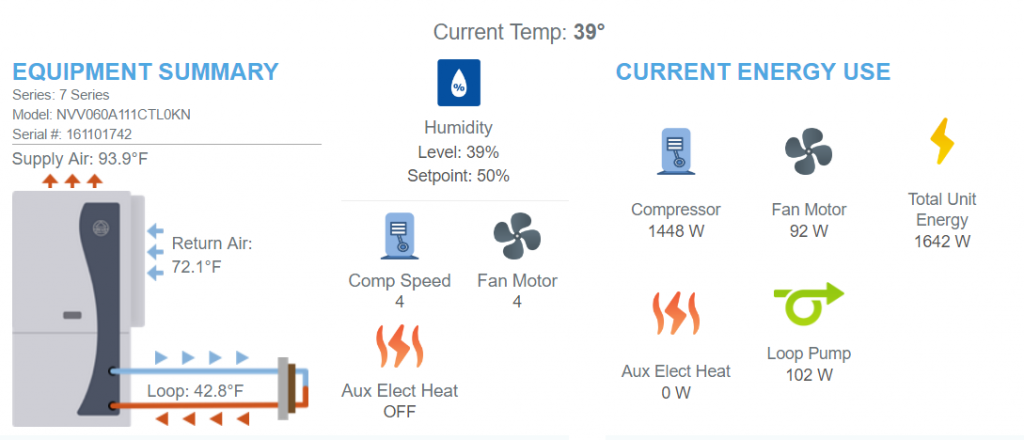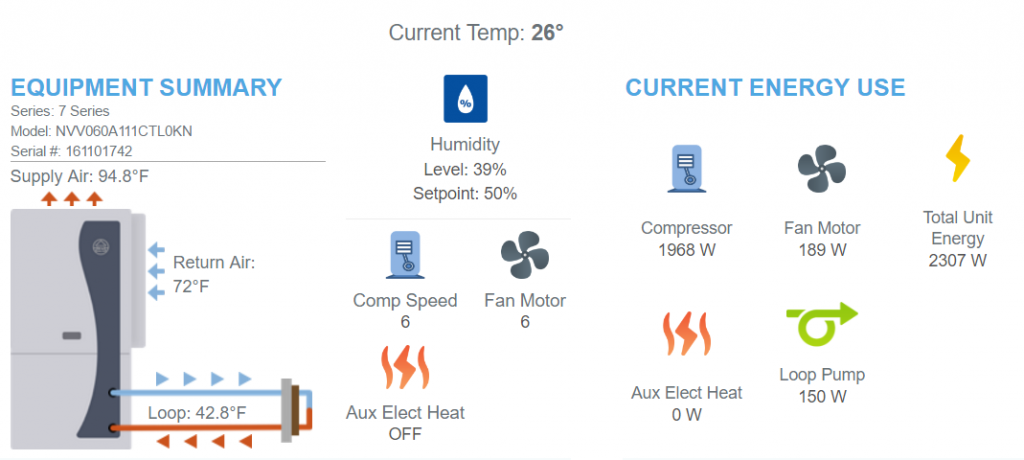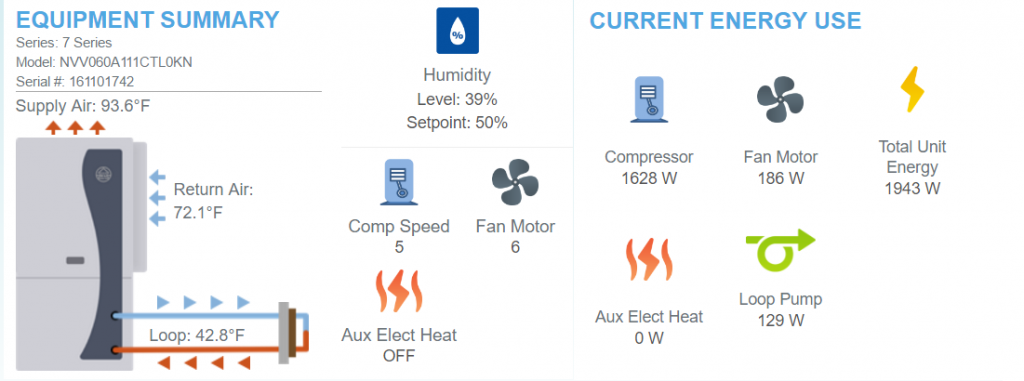I’m not sure what it says about me that I know a lot about evading authorities. There was a show a few years ago where people were challenged to hide a suitcase and a law enforcement professional has to find it … if it stayed hidden, the person won. If the case was found then the law enforcement person won. The show was quite disappointing – both in process and execution.
There’s a new show, Hunted, which is what I thought the show a few years ago was going to be. In this one, pairs of people have to evade law enforcement professionals for 28 days. But these people are absolutely horrible at evading trackers. I assume the show has basic rules — it is NEVER a good idea to record yourself committing a felony. If that weren’t a restriction, I’d jack a car, head up to Mall of Georgia or down to Buckhead, jack another car from a carpark. But, yeah, that’s not something you want on national television.
You have a 48-hour window to leave – you don’t know when in that window you’ll start … but you have a little time, PACK! Have a go-bag ready by the door. Bonus to the people who packed some wigs, but that’s obvious – I’d go hair dye. I’d start off with a blond & pack a dark color. Dye that people use every day so it doesn’t stand out in anyone’s recollection (a dude with a bad Halloween wig, I remember him. Some fake blond chick? Yeah, eighty seven of them the past hour. Why do you ask?). Glasses, clothing no one would ever dream of you wearing. Beef jerky, blanket, matches, knife, fishing hook and line, a pot, and a tent. I’ve got a foraging guide that I’d bring too.
Once you are packed, start getting rid of your evidence and plant false evidence. My servers would give them a lot of contacts that they wouldn’t get anywhere else … but I’m not going to contact anyone so I’d take that risk over actually wiping my data. Let them track down false leads. If you write something, take the entire pad of paper. Don’t print anything (printers have memory). I’ve got a lot of books related to permaculture, homesteading, and foraging … those would get hidden at someone else’s house. I might even pick up a few travel guides for a large city in the hunt area – yank a few pages to take with you. Good for starting fires 🙂
Once you get told to leave, head into downtown. Phone gets given away to form a false trail. You’ve got an ATM card where you can pull 100$ a day (but that access immediately throws a flag for the hunters) and a total of 500$. Either find a small church and offer it as a donation if the pastor gives you the first hundred bucks or chance some random person on the street with the same deal. You don’t have 500$ that way, but they don’t have video of your car (or you, for that matter) and will continue to get false alerts as the card is used the next few days. Get a couple of cheap bus passes to a not-too-far-away city – if you can avoid doing so, don’t buy it yourself. Offer to pay for the cheap ticket of someone if they pick up a ticket for you and your partner. Then get off the bus before it hits its destination. Take off into the mountains and start hiking. Twenty eight days living in the woods – keep moving, don’t stay on main trails, and avoid people.
But maybe that’s against the rules — go homeless in a major metro. It’d be a different metro than the travel guide in my house … but one with a large enough homeless population that you’re not THE ONLY homeless guy there. Either way you are hard to find — two random people in the Appalachian mountains or two among the hundreds of homeless in downtown Atlanta.



